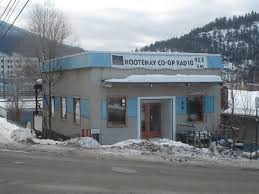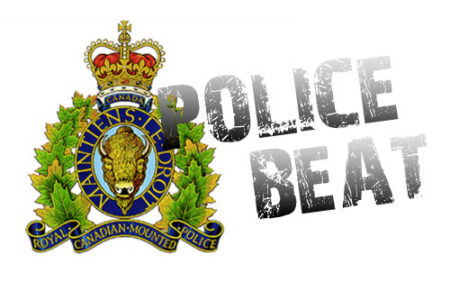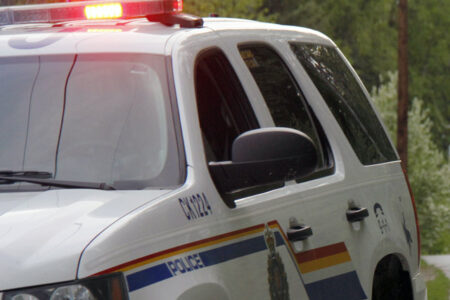Nelson's Chinatown part of Chinese Canadian historic places recognized by province
Nelson’s Chinatown, located on the two blocks of Lake Street — bordered by Vernon, Front, Ward and Hall streets — is one of 21 sites in the province of historical significance to the Chinese Canadian community that are being provincially recognized under the Heritage Conservation Act fulfilling a commitment in the Chinese Historical Wrongs Consultation Final Report and Recommendations.
The 21 sites, announced by Teresa Wat, Minister of International Trade and Minister Responsible for Asia Pacific Strategy and Multiculturalism on behalf of Steve Thomson, Minister of Forests, Lands and Natural Resource Operations, were chosen from a list of 77 places nominated by British Columbians.
“Recognition of these 21 sites is an important reminder of the cultural diversity that makes up the Province that we know today,” said Minister of Forests, Lands and Natural Resource Operations Steve Thomson.
Nelson’s Chinatown consists of primarily later commercial buildings, with several still-existing late Victorian and vernacular – the Sing Chong Laundry – buildings dating from around 1900 said a report published by the province.
The Sing Chong Laundry, now the current home of Kootenay Co-op Radio at 308a Hall Street, is a small, unadorned rectangular flat roofed building located in the heart of Nelson’s former Chinatown.
The report said Nelson’s Chinatown and the Sing Chong Laundry have “historical, cultural and social significance for their representation of the multiple layers of Chinese Canadian heritage in the city of Nelson, which today has traces of its once-vibrant Chinese Canadian community.”
“Originating in the 1890s at the height of the mining industry in the Kootenays, Nelson’s Chinatown is important as an enduring symbol of a once-complex, vital centre of the city and a social, cultural and economic focus for Chinese Canadians in the region. The place was home to those whose labour supported regional industries such as gold and silver mining, lumbering, farming and railway and road construction.”
The report went on to say, “Nelson’s Chinatown is important for sustaining a number of diverse business enterprises that served the Chinese community, including restaurants, hotels and stores; businesses that were key in supporting affluent residents, such as laundries and food stores; and for being the source of labour for service industries, such as cooks and gardeners.”
The 21 sites paint a rich picture of the contributions Chinese Canadians have made to the development and prosperity of our province since the mid-19th century.
Some of the recognized sites include:
- Kamloops Chinese Cemetery – Associated with the construction of the Canadian Pacific Railway, this cemetery symbolizes the social ties between Chinese Canadians and other citizens of Kamloops. Its use of feng shui principles and burial practices has high cultural value.
- Arrandale Cannery, Mill Bay and Nass Harbour Canneries, north of Prince Rupert – These canneries are significant for their multicultural population and workforce, and the contribution of Chinese Canadians to the fish canning industry, which propelled economic growth of the province.
- Chinese Market Gardens at Musqueam Reserve #2, Vancouver – Associated with the Musqueam territory and with Chinese Canadian agriculture, these market gardens represent a unique arrangement of small-scale agricultural land use amidst urban development. The gardens also illustrate the reciprocal and respectful relations between Chinese Canadians and First Nations, dating back to the late 19th century.
- Lord Strathcona school, Vancouver – Significant as a foundational place in the history of many Chinese Canadians in the province, this place is a trusted place of learning. With a high level of cultural diversity, the school reflects the multicultural mix of Strathcona as the first working-class community of Vancouver.
Heritage BC, a not-for-profit, charitable organization, was contracted to administer the nomination process, and an evaluation team, made up of a working group from the Legacy Initiatives Advisory Council and the Chinese Canadian Historical Society of British Columbia, recommended the sites.
Heritage BC also created an interactive online map that features all 77 nominated sites, with expanded documentation for the 21 historic places that have been provincially recognized.
The interactive map can be viewed at: http://www.heritagebc.ca/chinese-historic-map
“During the Chinese Historical Wrongs Consultation, many British Columbians expressed the desire for Chinese Canadian history in B.C. to be officially acknowledged and celebrated.,” said Minister of International Trade and Minister Responsible for Asia Pacific Strategy and Multiculturalism Teresa Wat.
“I’m proud to say that the Historic Places Legacy project delivers on that, and more.”
“The historic places announced today connect us all as British Columbians by highlighting the many contributions of early Chinese settlers to the building of our great province.”
Quick Facts:
- The B.C. Government’s implementation of recommendations in The Chinese Historical Wrongs Consultation Final Report is guided with advice from the Legacy Initiatives Advisory Council.
- The advisory board also works with Chinese Canadian communities and other key partners to ensure that the projects are known and communicated throughout the province.
With files from BC Government
Story originated at The Nelson Daily
























Comments